After the New Year, I started to prepare for a long trip. And of course, I needed to reward myself with some delicious food and drink.
Over dinner, I opened a bottle of 2011 Chardonnay. It was a famous Chinese brand from a famous Chinese region, and has won many awards, but it didn’t bring me any of the surprise that I expected. Even its balanced taste could not cover up the wine’s lack of aroma.
People who work in the technical winemaking arena like me are so boring. We always try to find faults and defects in the wines we taste. It’s a good professional habit at work to help to improve our skills, but taking it into daily life hugely reduces the joy of drinking.
The wine I’d opened made me get up from the table, and immediately get another bottle from my cupboard.
Although the two bottles were from the same batch, I was lucky this time to smell the refreshing fruity aroma, and then taste the vivacious, fresh and clean flavour. I felt relieved. This was the quality the wine was supposed to have, and 2011 was not that old.
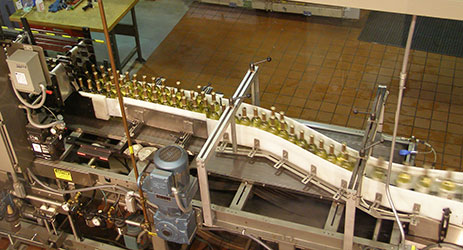
and adapted under the CC-BY 2.0 Generic licence.
In the wine world, it is common knowledge that there are differences between wines from the same batch, and people are prepared to face and accept the differences when they open the bottles. But why do they exist?
Some producers argue that they follow a strict handmade process, and can only bottle a few barrels each day, so the wine bottle variation is the result of this bottling management method.
Actually, this is a mistake, and not the cause of what we call bottle variation. With the above management method, the wine bottled each time is not the same. In other words, the wine itself is different from time to time. However, the definition of wine bottle variation is that the same batch of wines that are manually adjusted to be uniform will show differences after bottling.
It is undisputed that wine bottle variation mainly comes from the bottling process. The first step that may cause the variation is the bottle rinsing process. Although it is standard mechanical work, it is hard to guarantee that the remaining rinsing water is the same in each bottle. Sulphur dioxide water or ozone water is used to sterilise the bottle, but if the residual quantity is different, the influence to each bottle will not be the same.
The second step is bottling, which means filling the wine into the bottle. In order to increase the bottling efficiency, this process commonly completes at a high speed, thus generates foam when the bottle is rapidly filled with wine. After the bottle of wine leaves the filling machine and before it is moved to the next step, the liquid level in each bottle is different, so the amount of wine that exceeds the pre-set standard capacity needs to be taken out. In this step, the wine in the bottles will come into contact with air, and the processes in different bottles are not exactly the same (inert gas could play a positive role in terms of keeping the wine away from the air), because the different quantity of wine that originally filled into the bottles or the different amount of foam will cause differences to the wine that is eventually left in the bottles.
Another step on the bottling line that induces the bottle variation is corking. Let’s put aside the stoppers for now and focus on the process. No matter whether you’re using the method of vacuum corking or the normal way of corking with pressure, the pressure inside the bottle is different from one bottle to another when pushing the cork down into the neck opening, therefore the speed and volume of air exchange is different accordingly. Given that, it is not surprising that serious tasters are able to sense the differences between bottles.
Apart from the bottling line, there are other factors that may cause the bottle variation, such as the material of the stopper, the regularity of the neck opening, the storage condition and so on.
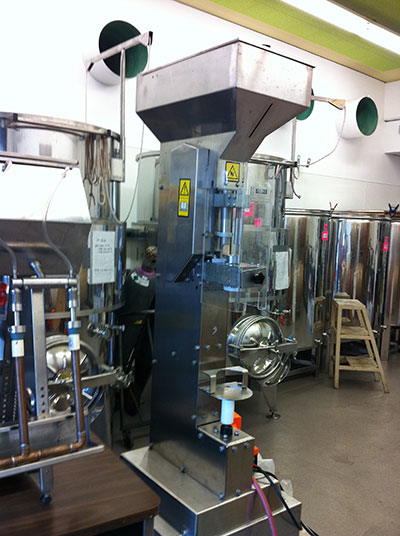 Image: Wine bottling corker machine by Agne27,
Image: Wine bottling corker machine by Agne27,
and adapted under the CC-BY-SA 3.0 Unported licence.
At present, most of the stoppers are natural corks. On the one hand, this type of material cannot be completely the same – in fact, the differences are massive. As a result, the volume of air exchanged between the inside and the outside of each bottle is different, and contributes to bottle variation.
On the other hand, natural corks will always release some substances into the wine to affect its flavour; TCA is one of the most notorious. When you find out a wine is tainted by TCA, both you and the winemaker are lucky, because everyone will say the wine is ‘corky’ rather than blaming the winemaker. But more often the wine is polluted, yet we haven’t realised it is corked. (This is the reason of the difference between the two bottles I mentioned at the beginning.) In that case, we would complain ‘the wine is awful’ without realising we were doing the winemaker a dis-service.
Therefore, the winemakers are always looking for new solutions. Many artificial stoppers (synthetic plastic, screwcap, glass stopper) emerged in response to these requirements. They seem able to solve the problem of bottle variation, but they are not perfect.
A glass stopper can be popularised only in the strict Germany, because the opening and the stopper need to fit precisely. The synthetic plastic stopper has a limited lifetime, and when it changes over time, the quality of wine will be damaged causing the bottle variation, so this type of closure is normally used for wines that drink young.
Screwcaps have exceptional tightness, and won’t taint the wine. With the flexible gasket at the opening, it can reduce the occurrence of bottle variation. Although it is a relatively ideal new stopper, winemakers like Hugel don’t like it, because it will leak the air or wine if slightly bumped against other stuff (wines are often not packed into cases right after bottling, as they need bottle aging, and this situation may also happen when retail staff get the wine out of the case or move them by hands), and this causes bottle variation.
Diam is an increasingly used new closure. The principal raw material is natural material, but is finely milled into a microsphere, and extracted with supercritical carbon dioxide to remove dozens of substances that might permeate into the wine. This process significantly reduces the risk of odour materials including TCA polluting the wine, and ensures that every Diam stopper is the same in this respect. This is very important for the fruity and aromatic wines, so it is chosen by more and more winemakers in Alsace, Chablis and Bourgogne. There is a type of microsphere in the Diam stopper made by artificial material. It can keep good elasticity (tightness), and no need to maintain the contact of the wine and the stopper to avoid air shrinkage like the natural cork.
After discussing the stoppers, let’s move to the bottle. The level of regularity of the neck opening is another important cause of the bottle variation. Assuming all the stoppers are the same, the differences of the regularity of the neck opening between each bottle will bring various condition to each wine after bottling, so there is still a possibility of the variation. There is no doubt about it, but it is a hidden danger that is sometimes neglected by the producers.
This shows that although the technology is developed enough for us to improve the bottling equipment and skills, it is difficult to produce two bottles of identical wine. As for those who claim they are following tradition and refusing to adopt the new technology, are they not willing to abandon these common mistakes?
Even if we are well-equipped and strictly-managed, and each and every bottle of wine is exactly the same, will the consumers avoid the bottle variation when they open the bottle to enjoy the wine? I am not sure it’s possible. The storage conditions during transportation and sales are unknown to the producer and the consumer.
One day, the consumer may find a wine enjoyable, but the next time when he/she drinks the same wine, there is no guarantee of the same good feeling, because the storage conditions might be different.
It is tiring to even briefly think about all these. It’s such a complicated journey for the wine from the barrel and the winemaker to the consumer.
So as a consumer, when you meet a unsatisfactory wine, please don’t rush to blame the winemaker, as the dissatisfaction is not necessarily his fault – even if you are confident of your tasting skills.
Translated by Nina Fan Feng / 冯帆
All rights reserved by Future plc. No part of this publication may be reproduced, distributed or transmitted in any form or by any means without the prior written permission of Decanter.
Only Official Media Partners (see About us) of DecanterChina.com may republish part of the content from the site without prior permission under strict Terms & Conditions. Contact china@decanter.com to learn about how to become an Official Media Partner of DecanterChina.com.


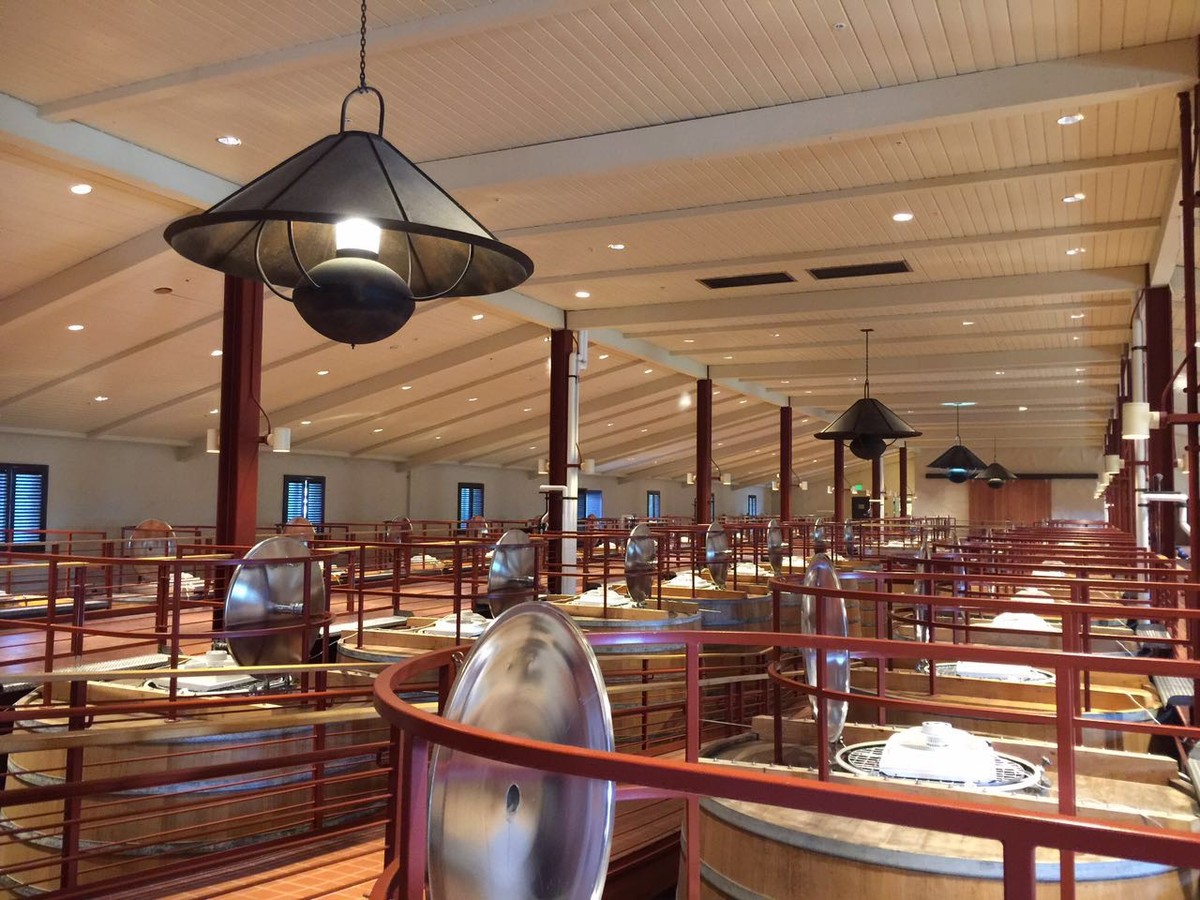
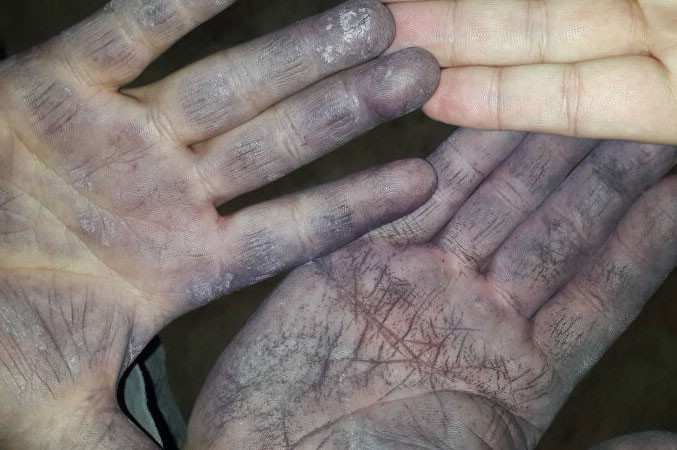
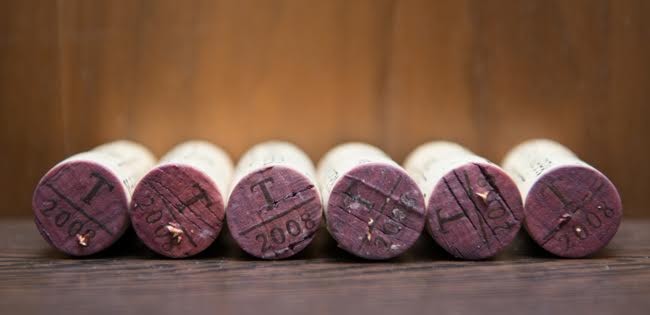

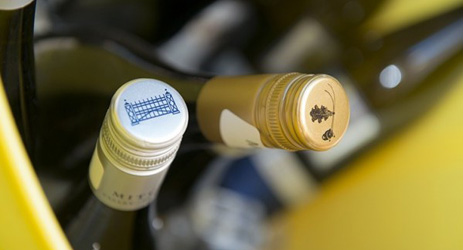
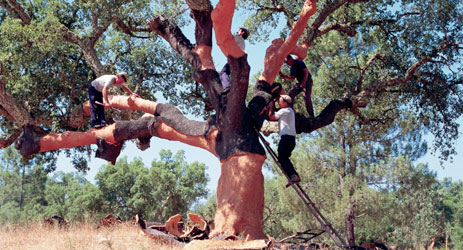
Comments
Submit